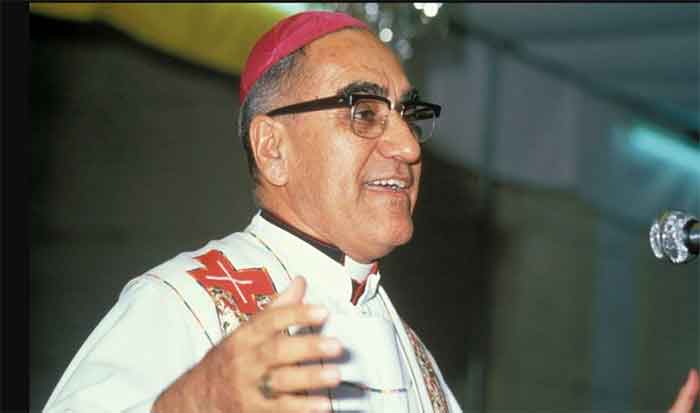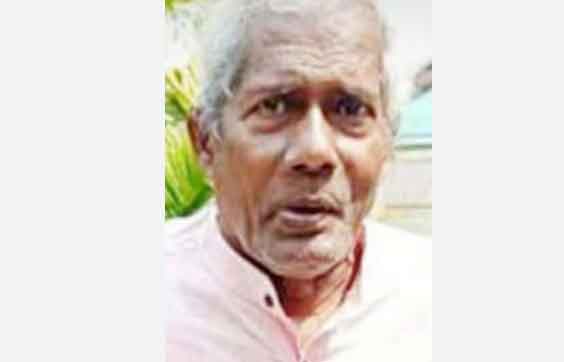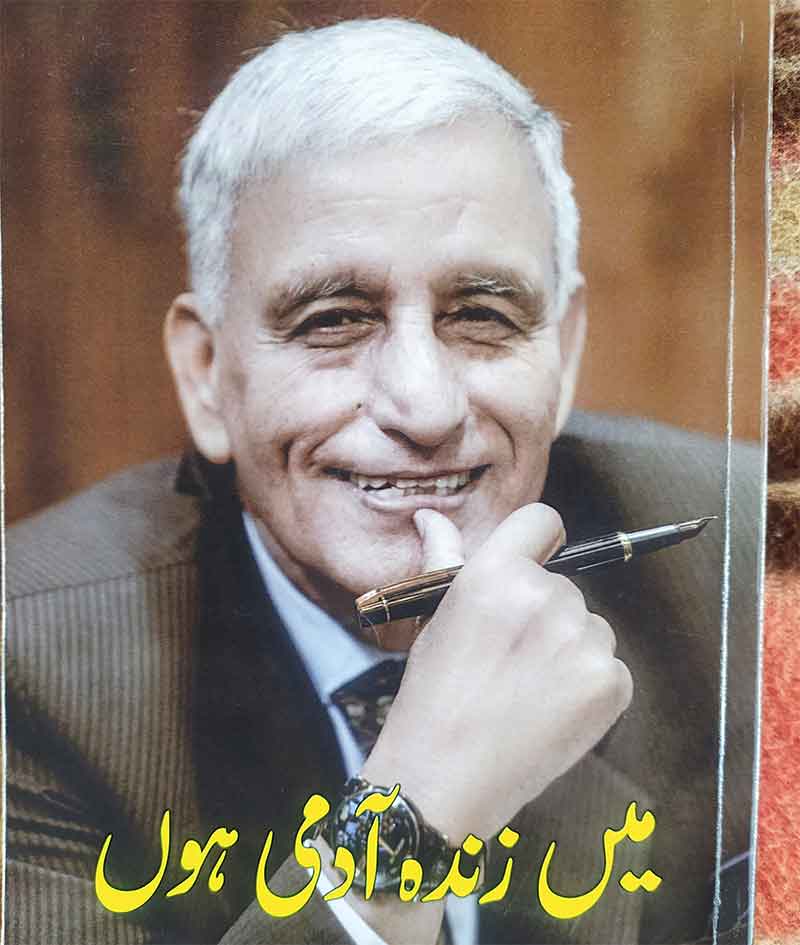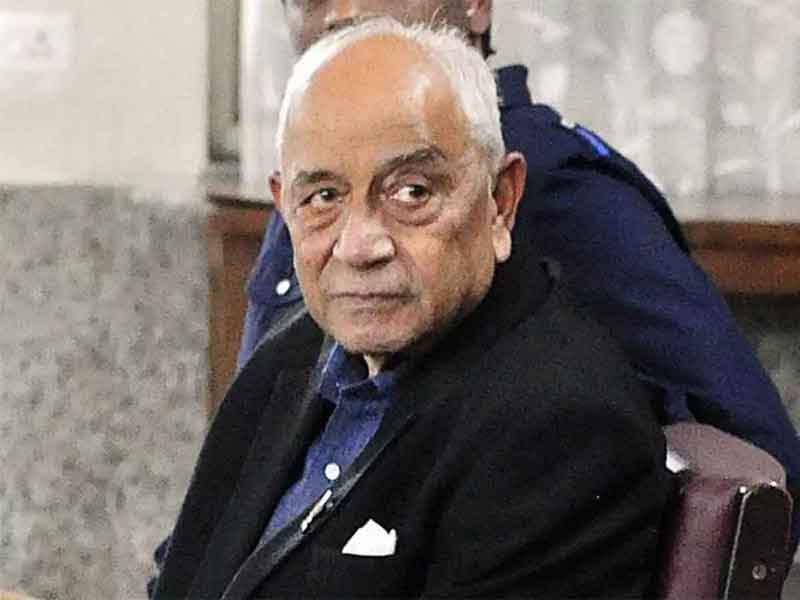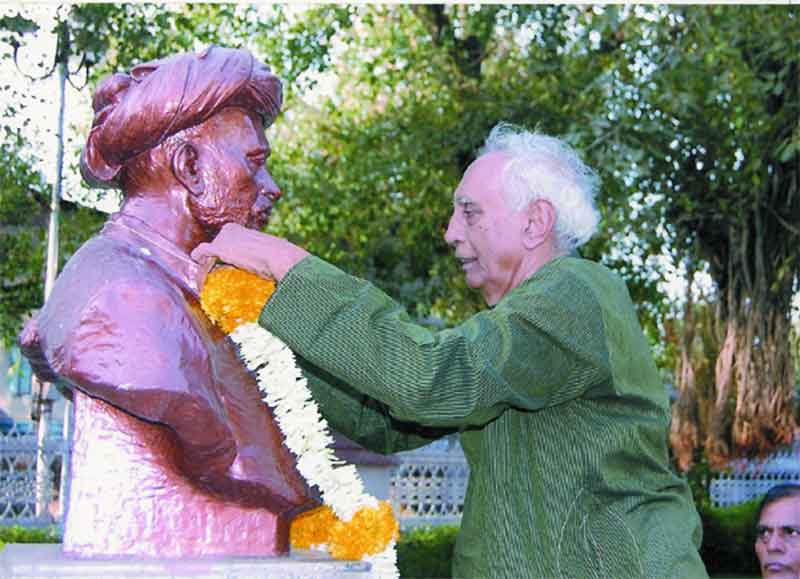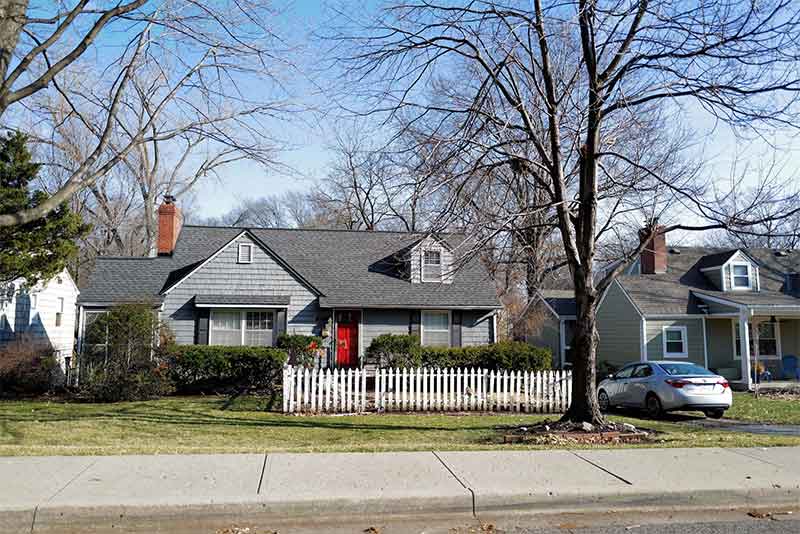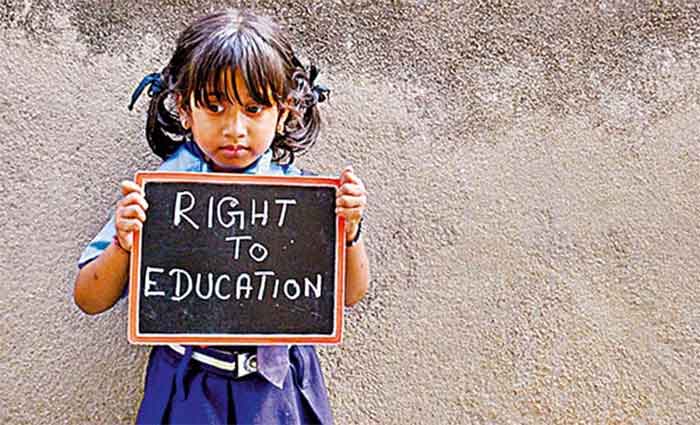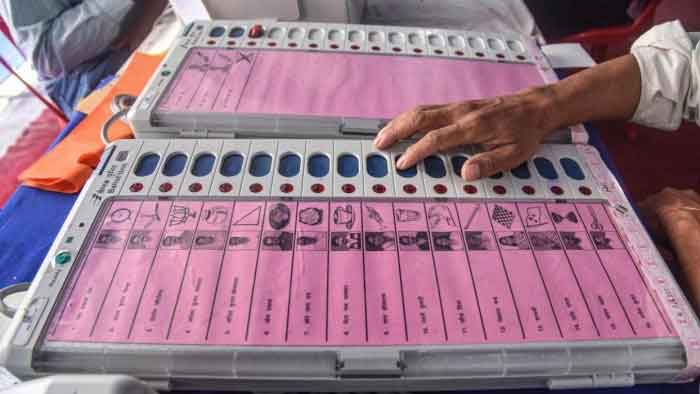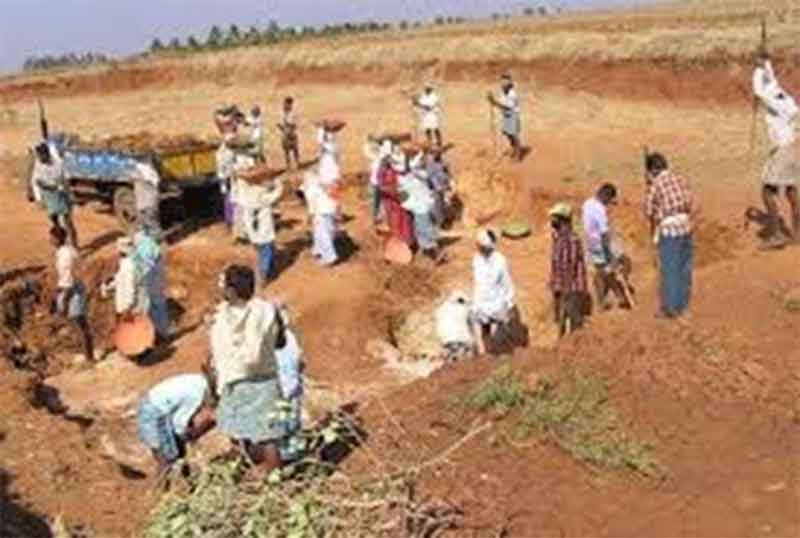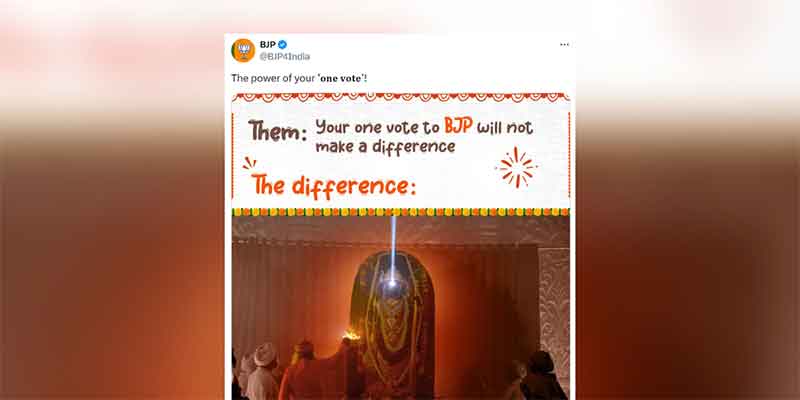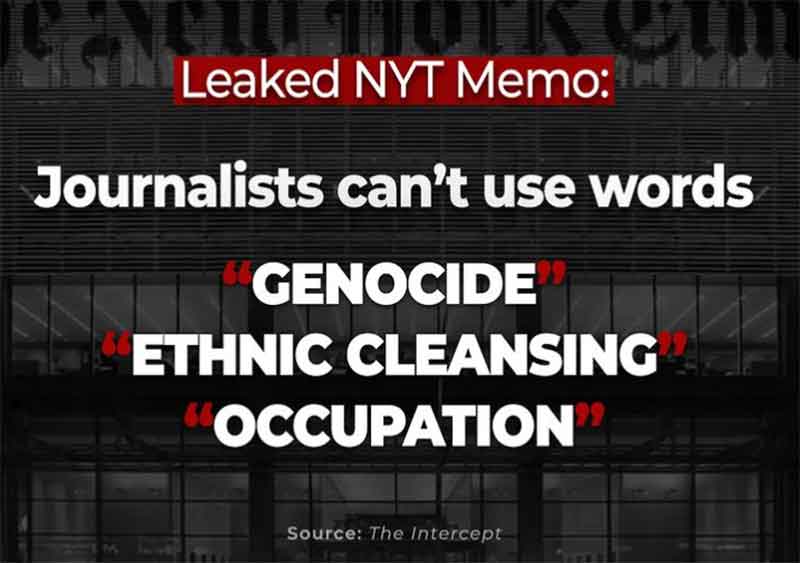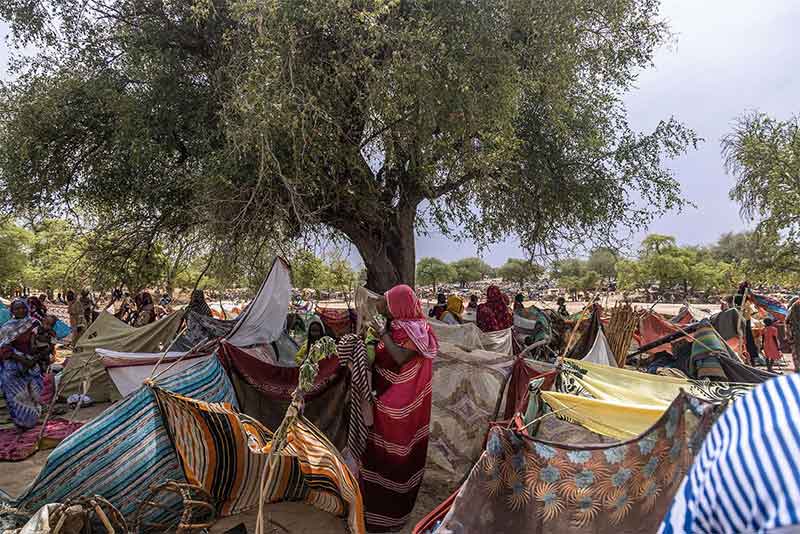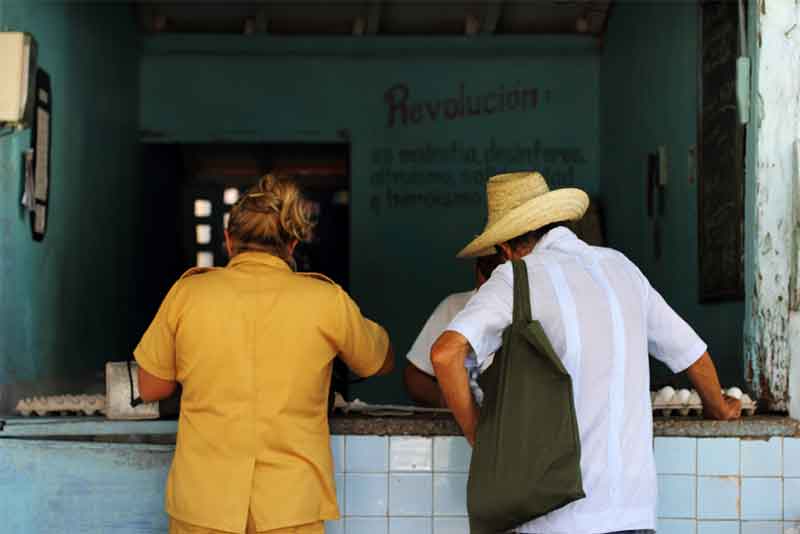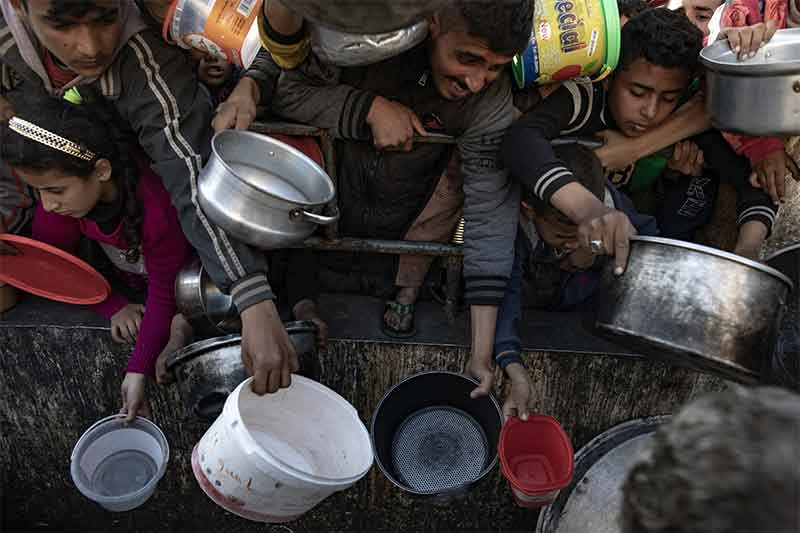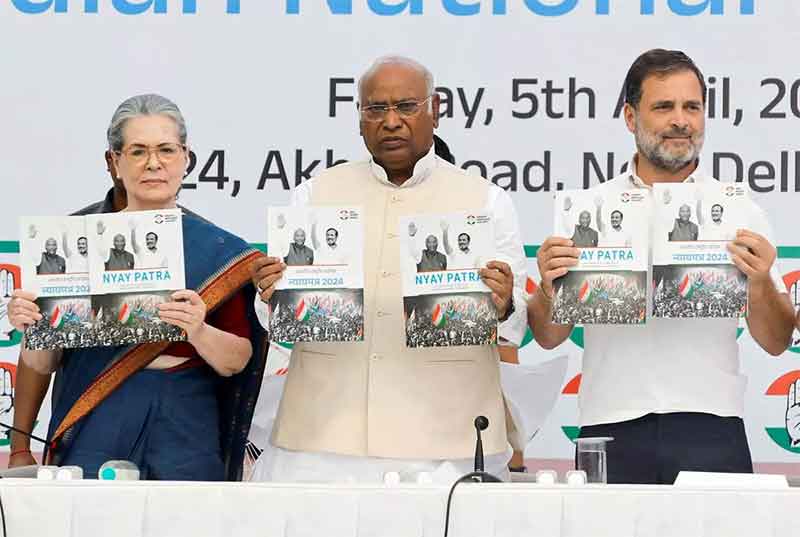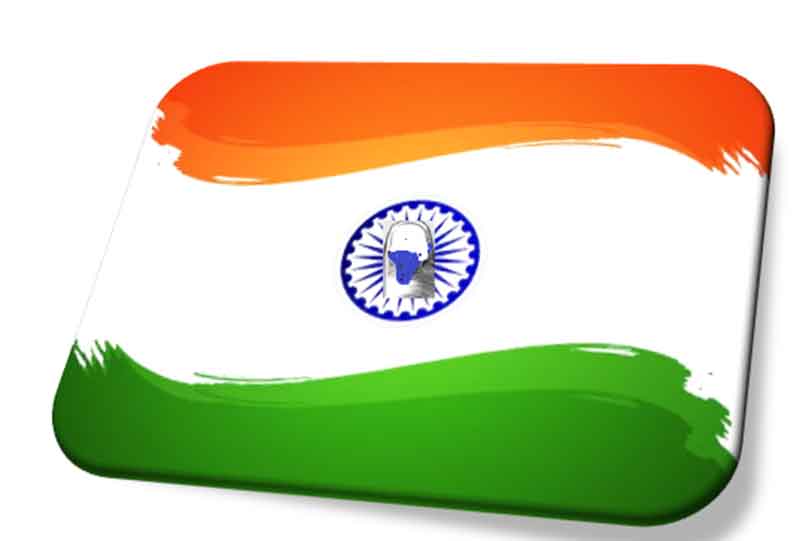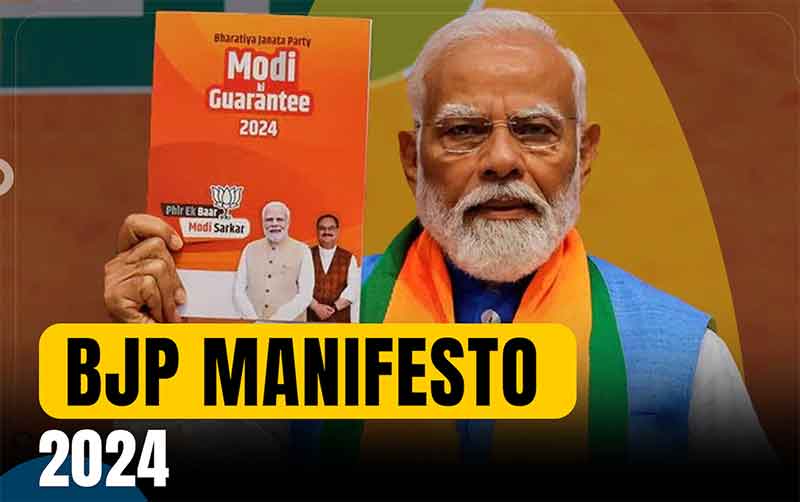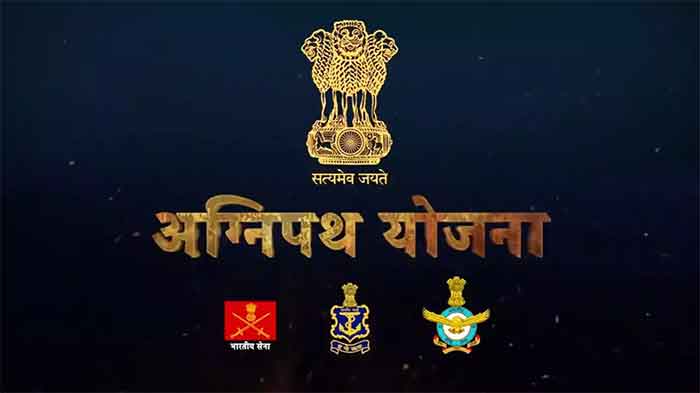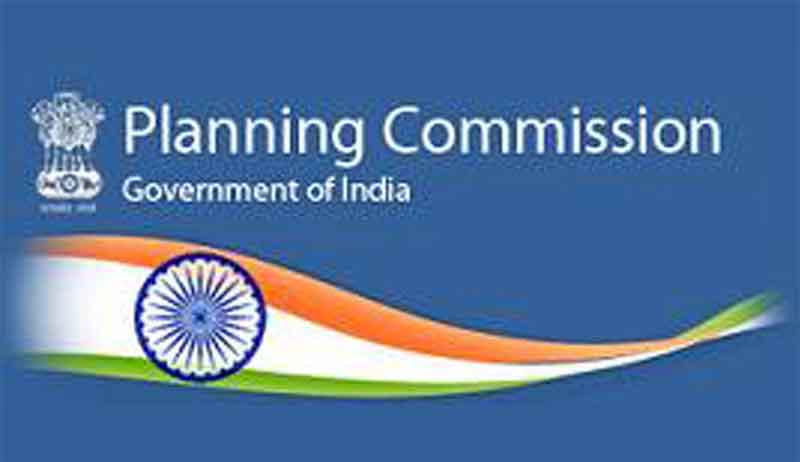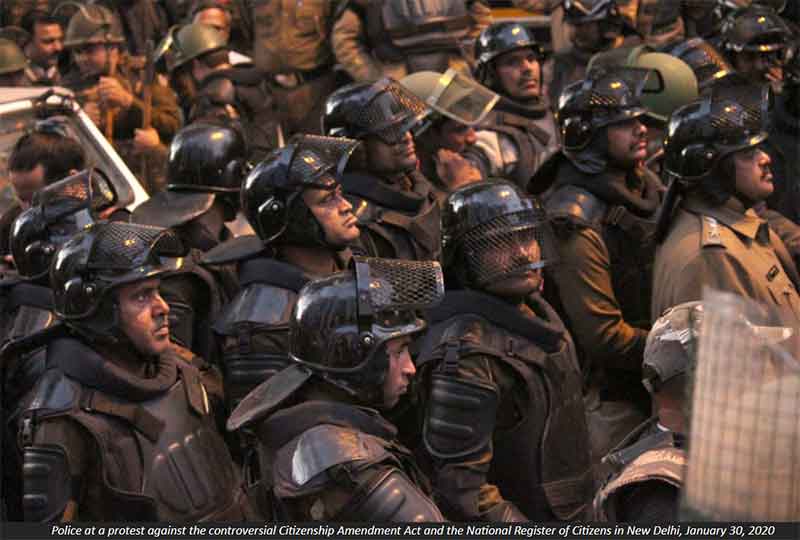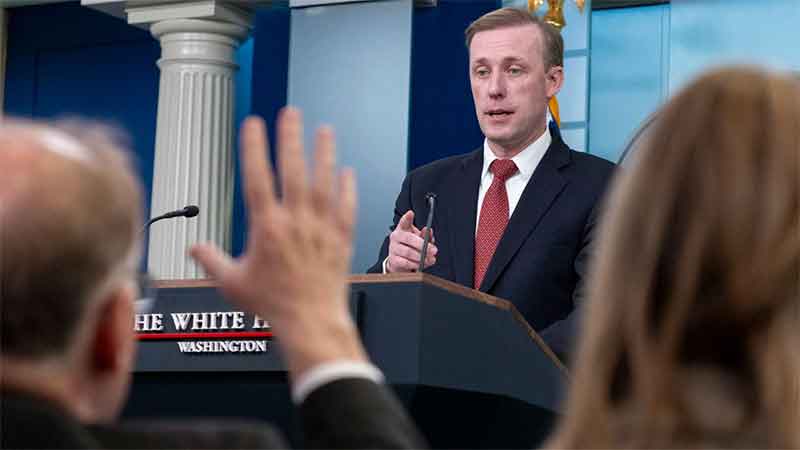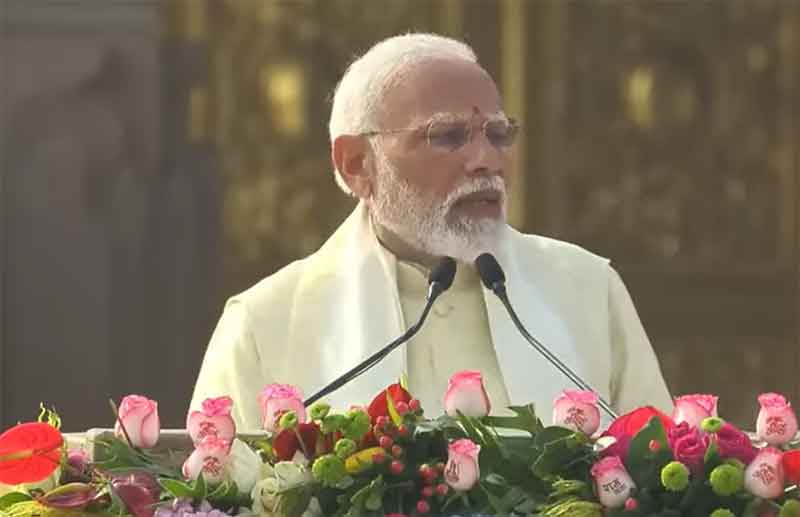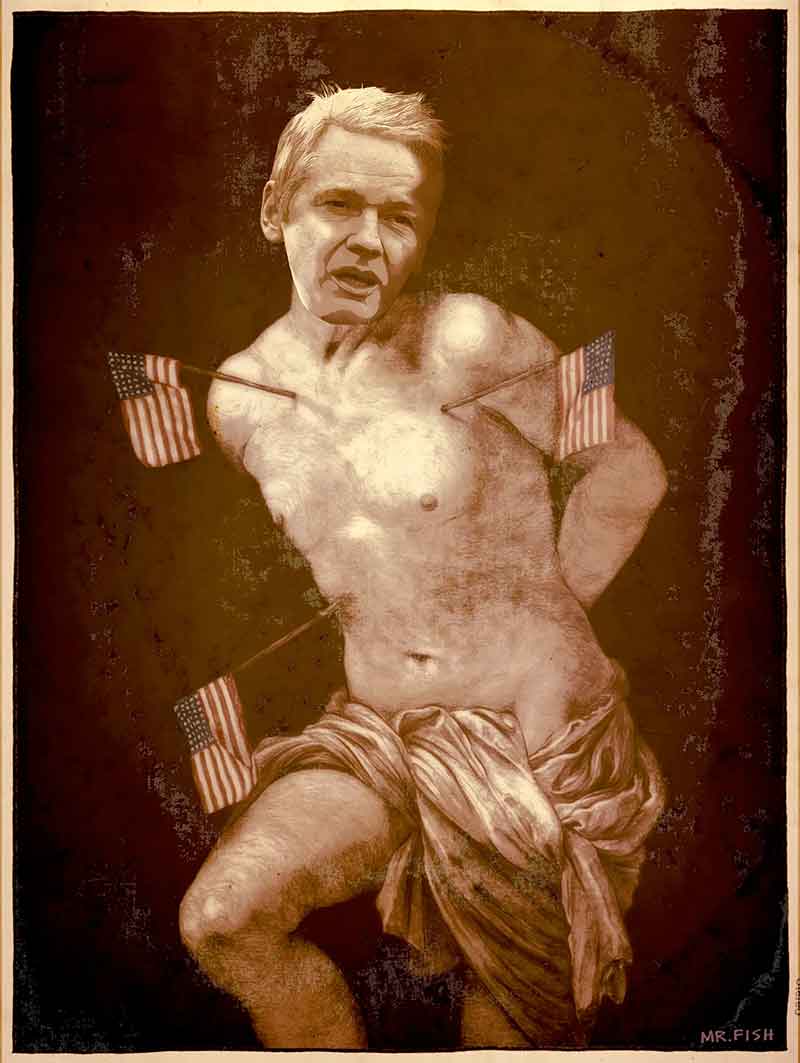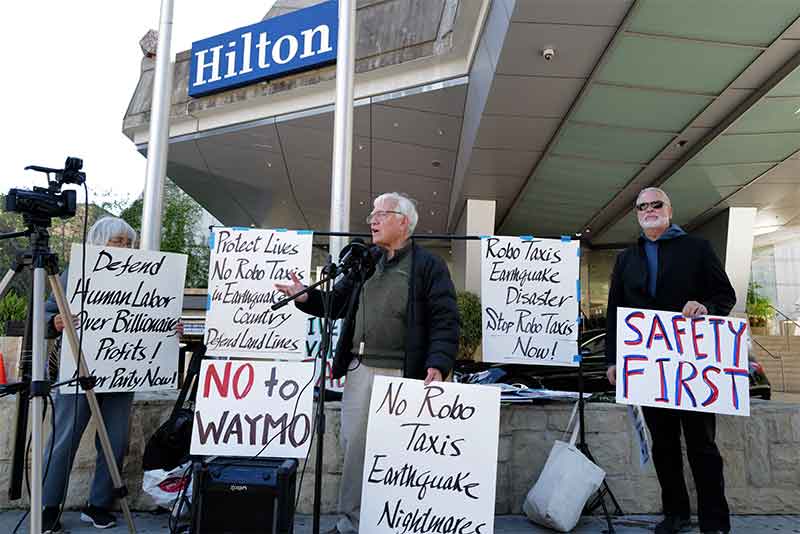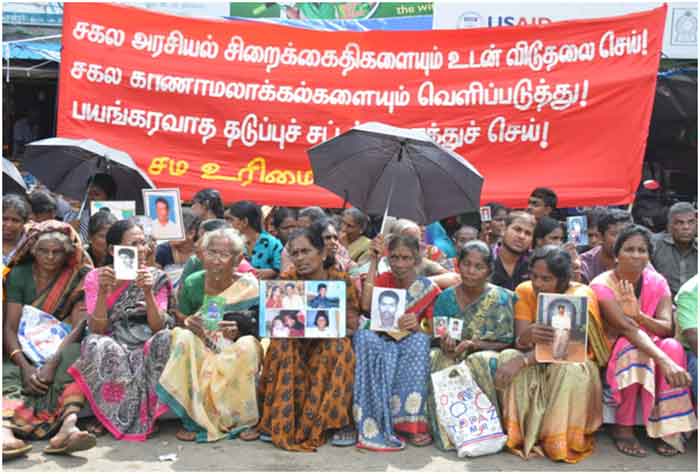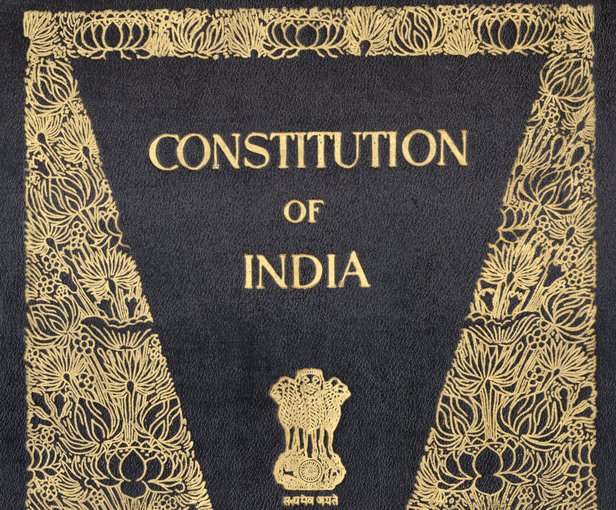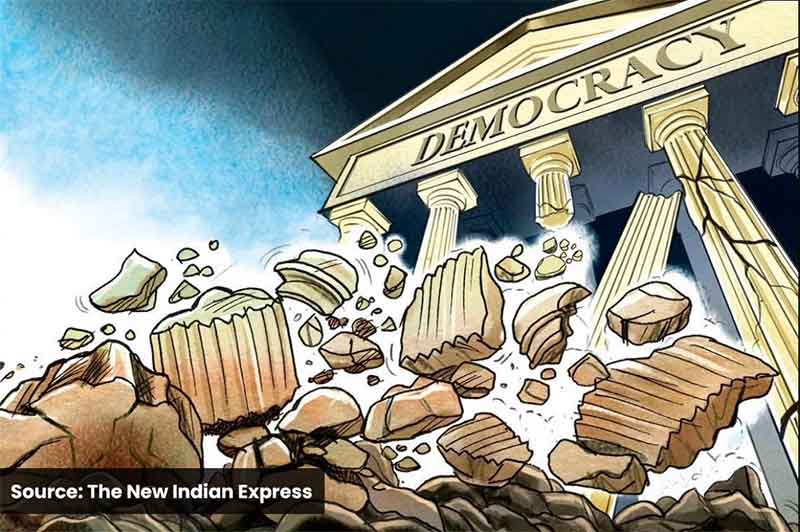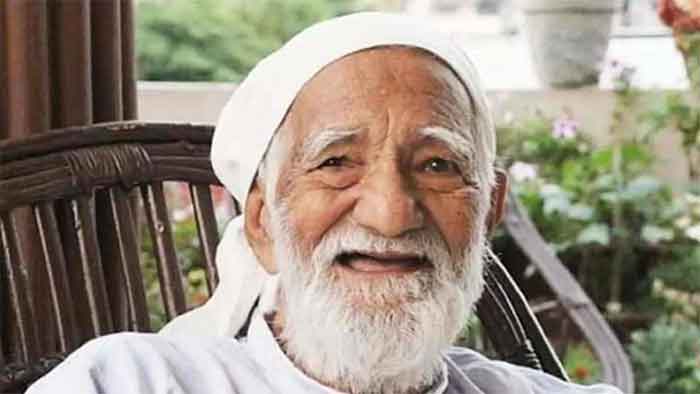
A white head-scarf, a white flowing beard, a faint smile and an impish twinkle in the eyes – Sunderlal Bahuguna’s was one of the more recognizable public faces in the country and certainly the most amidst the ecologists and environmentalist across the world. He breathed his last today (21 May 2021) at 1205 hrs at the All India Institute of Medical Sciences, Rishikesh (Uttarakhand). He was 94. He was tested positive for Covid19, and also had some old age related problems. He leaves behind his wife, Vimla Behn, whom we often considered to be the pillar behind him, daughter Madhu Pathak and sons Rajiv and Pradip.
Sunderlal Bahuguna’s life straddled the environmental conscience and consciousness of the country, even as his most vocal and apparent yearning was towards the conservation and preservation of the Himalayas. For long or even today, he is often referred to as the “Chipko” man, after one of the most creative grassroots movements – that was initiated by the common folk of Garhwal and which caught the people’s imagination worldwide. However, the sobriquet did generate some disquiet, a non-unjustified but ill-understood controversy. Yet it is without doubt, that his tireless padyatras (including one from Kashmir through Nepal to the north-east), talks and lectures across the country and different parts of the world – with his wonderful conversational oratory, earthy humour and extensive writings – were instrumental in giving the Chipko Movement a universal recognition and spawning several generations of followers, scholars, journalists, among others, who went on to become path-finders and torch-bearers in their own right.
Gandhi and Sarvoday played a large part in Sunderlal’s life, particularly galvanised by Meera Behn and later Sarla Behn through their various movements against liquor and other social ills. The two women were critical to Sunderlal’s transformation from one initially seeking the availability of trees for the local, village level saw mills to thereafter seeing the critical ecological role of trees. It was the Chipko Movement in Badiyargarh (Tehri) that gave us the defining slogan (by the Late Kunwar Prasoon) underlining the ecological worth of forests –
“Kya hain jangal ke upkaar
Miti, Paani aur Bayaar
Miti, Paani aur Bayaar
Jinda rehne ke aadhaar”
(What do the forest bear
Soil, water and air
Soil, water and air
The very basis of survival)
In India, it was this ideology and philosophy which urged and pushed the Forest Department too to shift its working and its forestry education from “commercial” outlook and objective to an “environmental” one.
Sunderlal Bahuguna’s other major action was against the Tehri Dam, which saw him undertake several long fasts. While the main demand was to cancel the entire project, which ultimately did not happen, but his protests went a long way in the government providing increasing facilities and compensations to the dam oustees. Nevertheless, the movement gave Sunderlal a new slogan (in Garhwali) which became his rallying call for the rest of this life –
Dhaar ainch paani, Dhaal par daala
Bijli banawa, Khaala-khaala
Water atop hilltops, trees on the slopes
Produce electricity in every stream
Every village produce its own electricity, one can only hope does not remain a mere slogan or dream. That would be a worthwhile way to pay homage to Sunderlal Bahuguna – the boy from a small village in Tehri, who went on become the universal anguished voice of the trees and the rivers, and of the women who wore the brunt of ecological devastation.
Biju Negi, Beej Bachao Andolan, Uttarakhand [email protected]
GET COUNTERCURRENTS DAILY NEWSLETTER STRAIGHT TO YOUR INBOX


